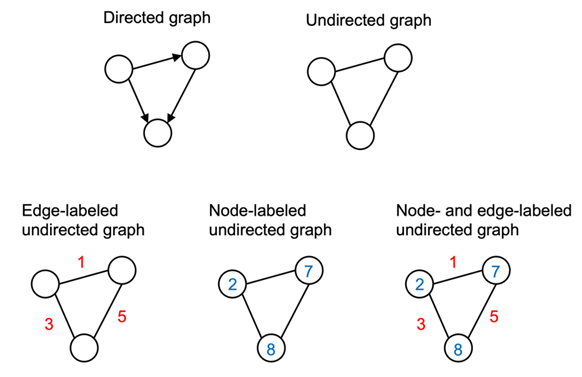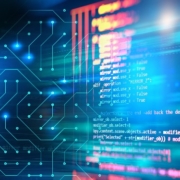This article is an excerpt from the book Machine Learning with PyTorch and Scikit-Learn from the best-selling Python Machine Learning series, updated and expanded to cover PyTorch, transformers, and graph neural networks.
Broadly speaking, graphs represent a certain way we describe and capture relationships in data. Graphs are a particular kind of data structure that is nonlinear and abstract. And since graphs are abstract objects, a concrete representation needs to be defined so the graphs can be operated on. Furthermore, graphs can be defined to have certain properties that may require different representations. Figure 1 summarizes the common types of graphs, which we will discuss in more detail in the following subsections:


